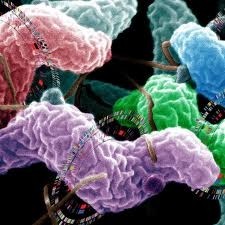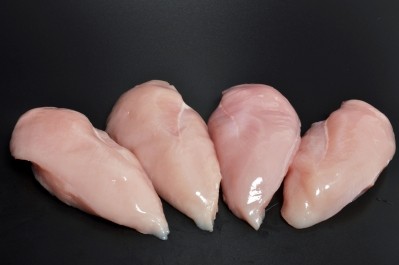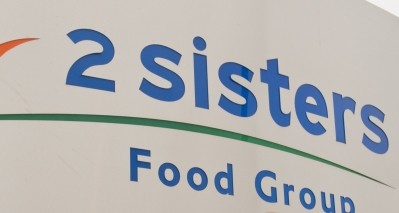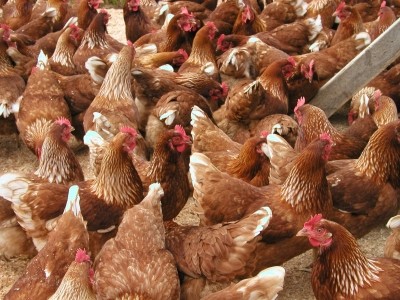Food firms join new bid to beat campylobacter in poultry

The group – including the Food Standards Agency (FSA) and the Department for Environment, Food and Rural Affairs – has pledged to implement a series of practical measures, from farm to fork, to eradicate the UK’s most common cause of food poisoning.
Bob Martin, head of Foodborne Disease Strategy at the FSA, said it was vital the industry worked together to tackle the problem. “We must look at every stage of the food chain to identify solutions that will make a real impact and we welcome the work the NFU and other partners are doing to help us achieve this.”
‘Reduce contamination levels’
Martin added: “In addition to the need for the industry to reduce contamination levels in raw products, there is also agreement across industry and government of the continuing need to increase consumer awareness around safe and hygienic handling of food, including raw poultry meat.”
Last month, the government-industry Joint Working Group on Campylobacter Reduction heard news of the latest developments on combatting campylobacter. These included research on the best ways to tackle campylobacter on farms and in processing and through the improved use of packaging and improved consumer education and awareness of the correct handling and storage of raw poultry meat.
The new NFU president Meurig Raymond highlighted the need for collaboration throughout the food industry. While campylobacter was not a new problem for the poultry industry, it was a complex organism, which adapted to different environments and required an industry-wide response.
‘There is no silver bullet’
“It’s incredibly positive to see how much research the industry has undertaken and has in the pipeline for the near future,” said Raymond. “The Joint Working Group is just one example of how the whole industry has pulled together for the benefit of consumers. Unfortunately, there is no silver bullet but consumers can be re-assured that chicken remains safe to eat when cooked thoroughly.”
Campylobacter causes about 460,000 cases of food poisoning, 22,000 hospitalisations and 110 deaths each year, according to the FSA. While most cases come from poultry, campylobacter can also be found in red meat, unpasteurised milk and untreated water.
The NFU will host a conference dedicated to improving campylobacter control on March 28 at its headquarters in Warwickshire. The event aims to bring stakeholders together to share best practice and future areas for development.
At last year’s Food Safety Conference, organised by the Food Manufacture Group, Andrew Rhodes, the FSA’s chief operating officer, predicted that campylobacter reduction could soon become a competitive opportunity for some retailers.
“One manufacturer said to us the other day ‘if this [campylobacter] turned chicken green, we would have fixed this a long time ago’,” Rhodes told the conference. “I think that is absolutely true and there are definite motivations in there.”















